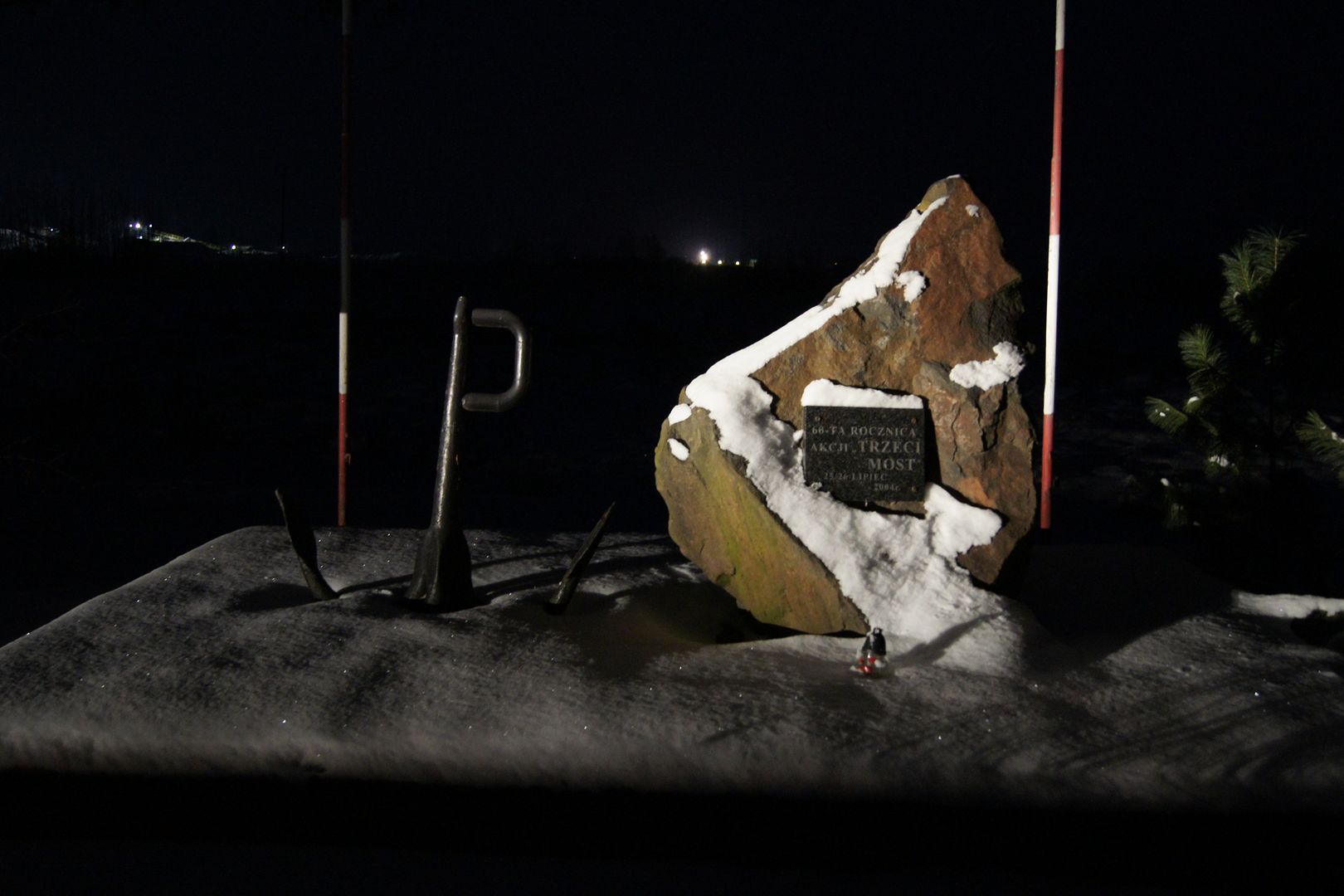Operation Bridge
6.78

Overview
Operation Wildhorn I (Most I) took place on the night of April 15–16, 1944, when a Dakota FD-919 “I” aircraft with a British-Polish crew landed at the field airfield "Bąk" near Matczyn, 35 km from Lublin. Two Cichociemni (silent unseen) operatives were transported: Captain Narcyz Łopianowski and Second Lieutenant Tomasz Kostuch, along with suitcases containing valuable materials for the Home Army (AK), such as dollars, blank kennkart identity cards, and a film camera. The return flight to London was a complete success, despite being fired upon by anti-aircraft artillery in the Budapest area. Operation Most, carried out by Section VI of the Supreme Commander's Staff in cooperation with the SOE, involved a series of two-way flights with landings in Poland, initiated in 1943 when new Dakota aircraft made these missions possible. Subsequent operations, such as Most II, III, IV, and V, aimed to support the AK and transport personnel and materials, though many ended in failure due to enemy activity, adverse weather conditions, and the advance of Soviet troops. For example, Operation Most IV, planned for September 1944, was canceled due to bad weather, and Operation Most V, scheduled for January 1945, was cut short by the Red Army's offensive. The history of the Most air operations is not only an example of the complexity of wartime efforts but also a testament to the determination and past achievements of the Polish Underground State during the difficult times of World War II. An interesting fact is how the crew saved the aircraft, such as in Operation Most III, where damaged hydraulics were repaired using tea. All of this highlights the extraordinary skills and courage of both the aircrews and the ground units supporting them.
Location
2025 Wizytor | All Rights Reserved